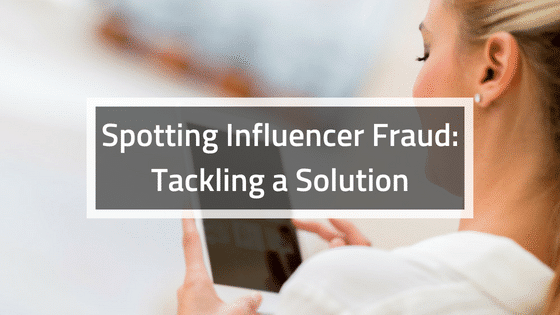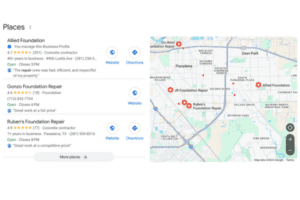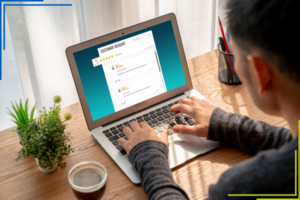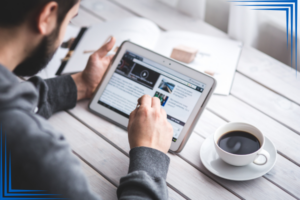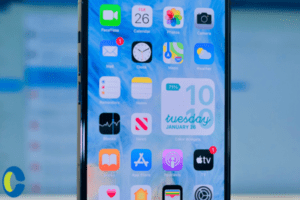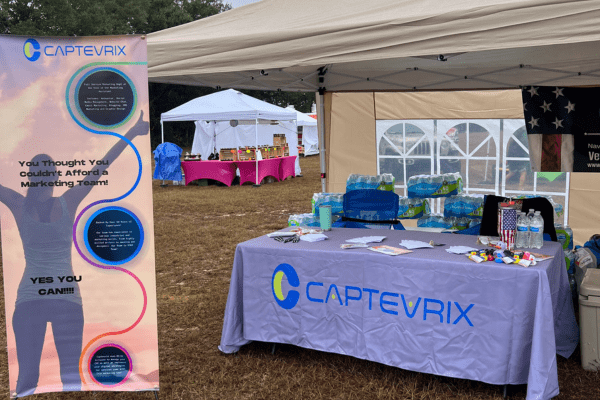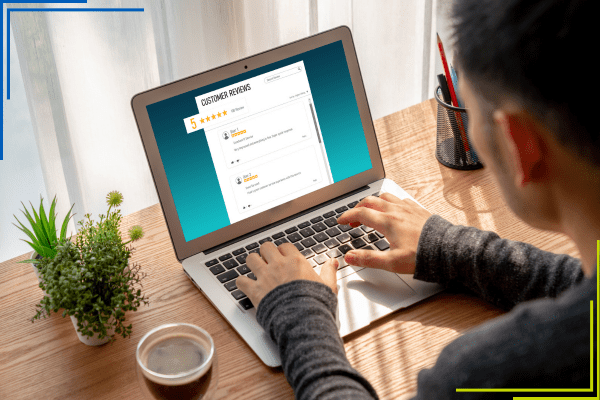It’s not a secret that using influencer marketing is an effective marketing strategy. However, when looking for an influencer to partner with to promote your brand, you’ll need to make sure that the influencer is genuine.
Unfortunately, where there is money to be made, there are almost always people willing to take shortcuts and scam consumers. The rise of social media influencers was quickly followed by the rise of fake influencers. And when you’re a business looking to utilize influencer marketing, it can be difficult to determine who is fake and who is real.
What are fake influencers?
Fake influencers are people on social media who artificially inflate their impact and purchase fake accounts to follow them.
They do this in order to make businesses think that they have a large following so that they will be sponsored. However, all or most of their followers are fake accounts and they don’t have nearly the reach that they claim they do. If you invest in one of these fake influencers, you’ll essentially be flushing money down a drain – any marketing they do for you will only be “seen” by bot accounts and won’t translate into business for your brand. Of course, these fake influencers work hard to appear convincing. Spotting a fraudulent influencer is possible, but can take some leg work.
How to Spot a Fake Influencer
Fake influencers buy followers. But what makes finding a fake influencer difficult is that plenty of legitimate brands and influencers also sometimes buy followers. So how can you tell who’s real and who’s not? Here are a few things you can look for when you’re researching influencers to see if they are fake or not. Unfortunately, there isn’t a hard-and-fast rule yet to spotting fake influencers, and determining who is and isn’t an influencer can often mean looking at context clues and doing a bit of sleuthing.
Fishy followers – Take a look at the influencer’s followers. If they have too many followers that seem like fake accounts – such as generic or no profile photos, odd usernames, or not enough pictures or engagements – that is a good sign your influencer is probably a fake. When influencers buy followers, they are usually bot accounts and lack certain characteristics that real accounts have, such as personalized usernames and photos that are candid and natural. If the majority of your influencer’s followers are accounts that seem fake, it’s a good bet that the influencer is a fake too.
Unnatural engagements – If the engagements the influencer gets follow a pattern and has sudden spikes, it may be a fake account. Check the comments on your influencer’s posts as well – if most of the comments are one word, or tagging other accounts, or selling something – that’s usually an indication of a high number of artificial followers. While everyone has bots comment on their posts, look at the frequency to determine if the influencer you’re considering is real or not. Look at the ratio of fake, spammy comments compared to genuine comments from fans. This can be a somewhat subjective tool for determining if an influencer is real or not, so it’s best to find several samples and posts to look at before making a determination.
New accounts with suddenly huge followings – Genuinely becoming an influencer usually takes time. Look at the timeline of how long an influencer has been online and how many followers they’ve received. A real influencer will have a fairly steady upward trend, with some spikes and dips, but mostly it will be a relatively gradual increase. An account that is new and suddenly gains thousands of followers is almost always an indication that you’re looking at a fraudulent account.
Past content – Review the potential influencer’s past content on their account. Do they have a history of collaborating with brands? If they do, you can certainly ask them about those collaborations and also reach out to their sponsor to see how the collaboration went. Genuine influencers will have a history of collaborations with brands and businesses, as well as plenty of unsponsored content as well. Of course, there are programs and companies that can help you determine who is a fraud and who isn’t in addition to your own investigations. Many platforms and brands such as Instagram and Twitter are beginning to crack down on fake influencers. But other than steering clear of fake influencers, is there anything that can be done to solve this issue?
Fake Influencers, the Industry, and the Future
As this Forbes article points out, influencer fraud is an industry-wide problem. It will take influencers, brands, and platforms working together to create a solution the growing problem of influencer fraud in the marketing industry. A solution will come with increased knowledge and vigilance among businesses, as well as industry-wide agreements and standards for influencer behavior. While larger, influential accounts are bound to attract some fake followers, setting industry-wide limits would help cut down on brands and influencers intentionally, artificially fluffing their following to imply that they have more influence than they actually do. As this issue is becoming more apparent and as prominent brands are beginning to speak out about influencer fraud, more concrete, permanent solutions will hopefully become available. While working on solutions for the entire industry, be sure to be vigilant and aware of influencers you plan to collaborate with and confirm that they actually have the reach they claim to.


